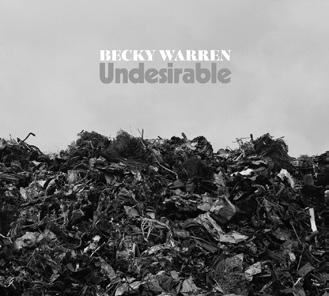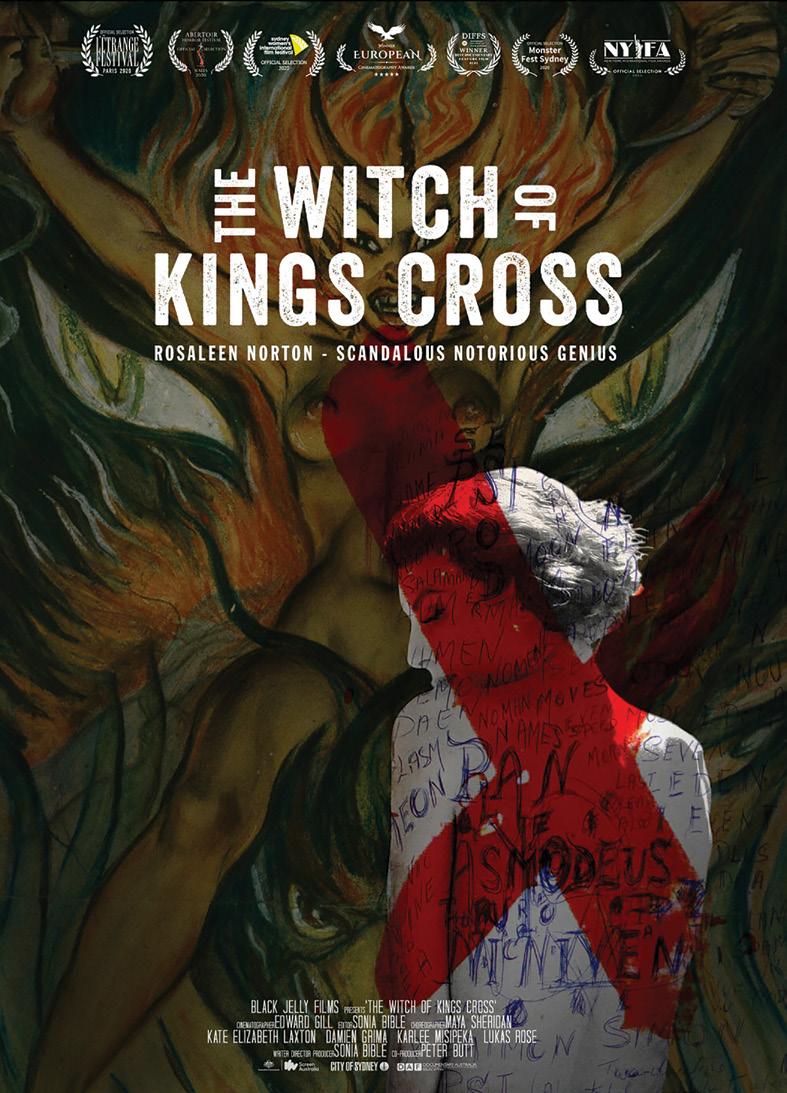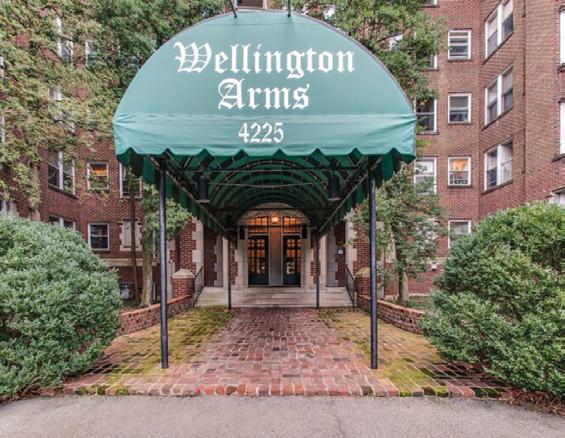
4 minute read
National Museum of African American Music is a can’t miss treat
BY RON WYNN
Nashville now boasts another stellar addition to its glittering legacy of institutions that have rightly earned it the nickname Music City.
It’s the home of the nation’s premier entity that recognizes and pays homage to the vast array of idioms that comprise America’s Black musical tradition, and indeed have helped define and establish the nation’s entire musical structure and heritage. The National Museum of African American Music (NMAAM), located directly across the street from the Ryman at the corner of Fifth Avenue and Broadway (510 Broadway), is a visually spectacular building whose design rivals that of the National Museum of African American History and Culture in Washington, D.C., as well as the previously built Country Music Hall of Fame and Museum.
But the 56,00-square-foot facility is also different from other museums or structures designed to honor specific styles such as state Halls of Fame or museums established for jazz, blues or R&B. NMAAM covers 50 genres and/or sub-genres of Black music, starting with sounds created in Africa that the earliest slaves brought with them to these shores, and extending right down to contemporary beats created on 21st century technological instruments utilized to accompany the verbal creations of contemporary rappers.
The unifying theme that underlines everything is One Nation Under A Groove, as well as the central corridor titled Rivers of Rhythm. The premise of both is reaffirmed throughout the various presentations, displays and exhibits visitors encounter. While picking five special displays or highlights is a super tough task, we select these as indicative of the museum’s overall quality and ability to convey a detailed and impressive look at so many different aspects and areas of Black music, while also showing how those have affected the entire course of American history and culture.
A yearly membership to the Museum is available for only $25. That’s an incredible bargain for the opportunity to have multiple visits to this fabulous place. It’s currently open to visitors only on weekends due to the pandemic, but once things return to some degree of normalcy, they anticipate the museum being open seven days a week. There are also expansion plans for an eventual gift shop, and space for both periodic and traveling exhibitions that will be housed for short-term visits. The first is one devoted to the Fisk Jubilee Singers in honor of their upcoming 150th anniversary celebration. That’s slated for later this fall.
1. The Frances S. Guess Theater
This 190-seat theater is the initial stop for museum visitors. There they see an introductory film designed to provide a quick entry into NMAAM’s central mission: showcasing the entire array of African American idioms, showing their connections to past and present events, offering perspectives on key figures and linking them to potential future developments. In the coming weeks the theater will also be home to various special programs and presentations ranging from speeches and seminars to film and video events and specials.
2. Interactive displays
Every gallery has a specific name, from A Love Supreme for the jazz gallery to One Nation Under A Groove, which is also the name of the museum’s largest space devoted to R&B, both historic and current incarnations. But before entering each gallery there’s an interactive display that allows visitors to trace the music’s development, identify innovative and historic performers, have vital moments and concerts recalled, and also have that genre’s ties to modern day happenings reaffirmed. It’s a quick and easy excursion through decades of history, and done in colorful and unforgettable fashion. The displays also include photos, audio and video samples.

3. Remarkable exhibits and displays
Numerous greats have provided items and memorabilia to the museum. These range from personal instrument items such as one of B. B. King’s trademark “Lucille” guitars or a custom trumpet used by Louis Armstrong to actual on-stage outfits worn by Nat King Cole or a dress from the period Billie Holiday performed. There are signed contracts from premier musicians, candid and in some cases seldom or never seen photos of iconic artists, rare 78s, 45s and 10-inch album covers and recordings, concert programs, and many other extremely rare and treasured items chronicling Black music innovation and evolution.
4. DIY opportunities
NMAAM doesn’t just document and display the music’s scope and impact: The museum allows visitors to contribute to it if they choose. Anyone who enjoys gospel and wants to add their voice to a chorus can do so by coming into the gospel gallery and joining in with Dr. Bobby Jones and the Nashville Super Choir. Or you can improvise and fit your licks into a tune in the jazz exhibit. Create your own blues scenario or offer your own rap lyrics as well. All of these can be done with ease, and give the option of not just viewing history, but making a little of your own.
5. RF bracelets
Every NMAAM visitor also gets a radio-frequency identification bracelet. Anyone who then either participates in any of the DIY performances or goes to the interactive displays can download their performances or a song list from the displays online for others to see and hear, or just as a memento of their visit. Any of the musical performances are recorded as well on the bracelet, along with the playlists.
Get updates on upcoming events and other news at nmaam.org.








